Growing Interest in Fuel Efficiency
Fuel efficiency remains a critical driver in the Small SUV Market, as consumers become more environmentally conscious and seek to reduce their carbon footprints. With rising fuel prices, the demand for small SUVs that offer better mileage is increasing. Recent statistics indicate that small SUVs now average 30 miles per gallon, making them an attractive option for budget-conscious consumers. This trend is further supported by government regulations aimed at reducing emissions, which encourage manufacturers to innovate and produce more fuel-efficient models. As a result, the Small SUV Market is likely to see a continued emphasis on developing vehicles that balance performance with environmental responsibility.
Technological Advancements in Safety Features
The Small SUV Market is significantly influenced by advancements in automotive safety technology. Consumers are increasingly prioritizing safety features when selecting vehicles, leading to a surge in demand for small SUVs equipped with advanced driver-assistance systems (ADAS). Features such as automatic emergency braking, lane-keeping assist, and adaptive cruise control are becoming standard in many models. Data suggests that vehicles with enhanced safety ratings can command a premium price, thus driving profitability in the Small SUV Market. As manufacturers invest in these technologies, the competitive landscape is likely to evolve, with brands that prioritize safety gaining a substantial market share.
Enhanced Connectivity and Infotainment Systems
The Small SUV Market is increasingly shaped by the integration of advanced connectivity and infotainment systems. Consumers are now looking for vehicles that offer seamless connectivity with their digital lives, including features such as smartphone integration, navigation systems, and in-car Wi-Fi. Recent surveys indicate that nearly 70% of consumers consider infotainment systems a crucial factor in their purchasing decisions. As manufacturers enhance their offerings with cutting-edge technology, the Small SUV Market is likely to attract tech-savvy buyers who prioritize connectivity. This trend not only enhances the driving experience but also positions small SUVs as modern, versatile vehicles that meet the demands of contemporary consumers.
Rising Consumer Preference for Compact Vehicles
The Small SUV Market is experiencing a notable shift in consumer preferences towards compact vehicles. This trend is driven by urbanization, where consumers seek vehicles that offer maneuverability in congested city environments. According to recent data, compact SUVs have seen a 15% increase in sales over the past year, indicating a strong demand for smaller, versatile vehicles. The appeal of small SUVs lies in their ability to combine the benefits of larger SUVs, such as higher seating positions and cargo space, with the agility and fuel efficiency of smaller cars. As more consumers prioritize practicality and efficiency, the Small SUV Market is likely to continue its upward trajectory, catering to the needs of urban dwellers and families alike.
Increased Availability of Electric and Hybrid Models
The Small SUV Market is witnessing a surge in the availability of electric and hybrid models, reflecting a broader shift towards sustainable transportation solutions. As consumers become more aware of the environmental impact of traditional gasoline vehicles, the demand for eco-friendly alternatives is rising. Data shows that sales of electric and hybrid SUVs have increased by over 25% in the last year, indicating a strong market trend. Manufacturers are responding by expanding their electric vehicle (EV) offerings, which not only cater to consumer preferences but also align with regulatory pressures for lower emissions. This transition is likely to reshape the Small SUV Market, as more consumers opt for greener options.



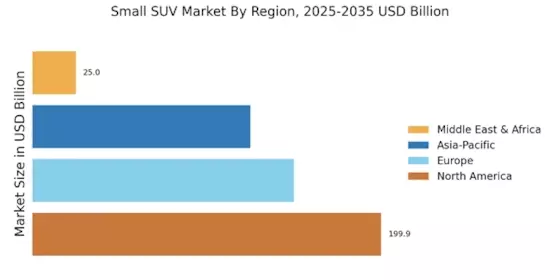
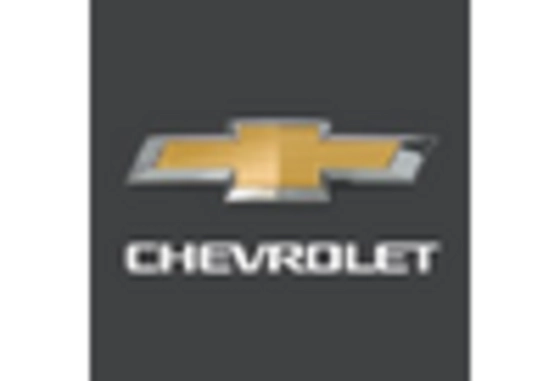
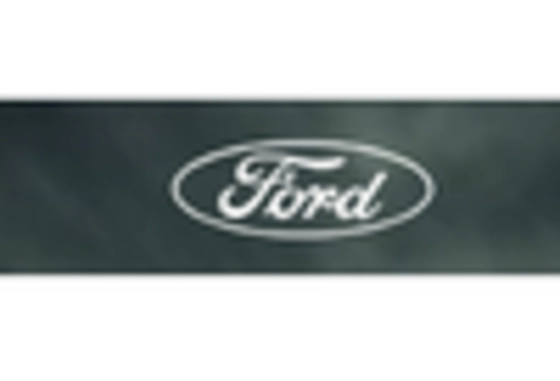
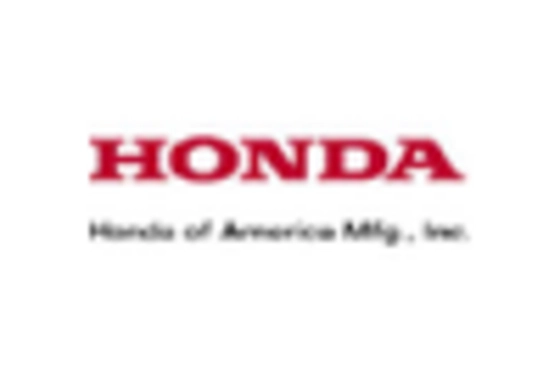


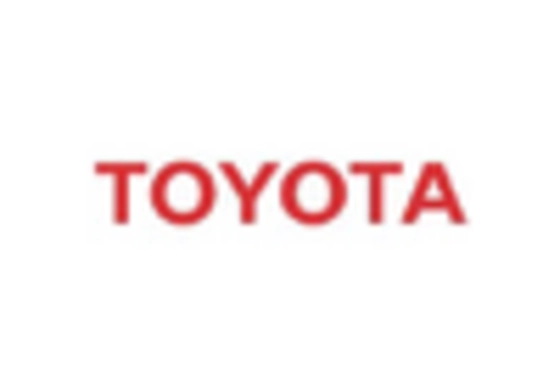








Leave a Comment